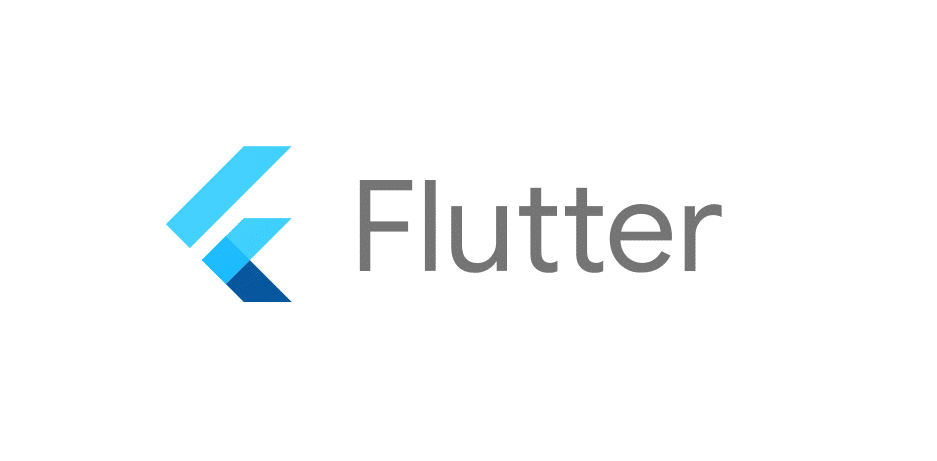In today’s digital landscape, your website is often the first point of contact with your customers. It’s a vital tool for building brand reputation, generating leads, and driving sales. But what happens when that crucial asset is compromised? A security breach can damage your reputation, cost you money, and erode customer trust. That’s why understanding and implementing robust website security measures is no longer optional—it’s essential for protecting your business and customers. This article will guide you through the critical aspects of website security, providing you with the knowledge and tools to fortify your online presence.
Understanding the Importance of Website Security
Website security encompasses a range of strategies and measures designed to protect your website and its data from unauthorized access, modification, or destruction. Protecting your business and customers online should be your top priority. A secure website safeguards sensitive customer information like credit card details, addresses, and login credentials. Beyond protecting your customers, robust website security also protects your business from financial losses, legal liabilities, and reputational damage.
The Consequences of Poor Website Security
Failing to prioritize website security can have devastating consequences. A successful cyberattack can lead to data breaches, exposing customer information and potentially leading to identity theft. This can result in hefty fines, lawsuits, and a significant loss of customer trust. Furthermore, malware infections can cripple your website’s functionality, leading to downtime and lost revenue. Search engines also penalize insecure websites, impacting your search engine rankings and online visibility.
Key Elements of a Secure Website
Building a secure website involves implementing multiple layers of protection. This multifaceted approach ensures that even if one layer fails, others are in place to mitigate the threat.
Strong Passwords and Authentication
Implementing strong password policies and multi-factor authentication (MFA) is the first line of defense. Encourage users to create complex passwords and enforce regular password changes. MFA adds an extra layer of security by requiring users to verify their identity through multiple channels, such as a code sent to their phone.
Regular Software Updates
Outdated software is a common vulnerability exploited by hackers. Regularly updating your website’s software, including content management systems (CMS), plugins, and themes, ensures that you have the latest security patches and fixes.
Secure Hosting Environment
Choosing a reputable web hosting provider is crucial for website security. A secure hosting environment provides features like firewalls, intrusion detection systems, and regular backups to protect your website from threats. Look for providers that offer SSL certificates and implement robust security protocols.
Protecting Your Website from Common Threats
Understanding the common threats to website security is essential for implementing effective countermeasures.
Malware Infections
Malware, short for malicious software, can take many forms, including viruses, worms, and Trojans. These malicious programs can infiltrate your website, steal data, and disrupt functionality. Implementing malware scanners and regularly scanning your website can help identify and remove these threats.
SQL Injection Attacks
SQL injection is a technique used by hackers to inject malicious SQL code into your website’s database. This can allow them to access, modify, or delete sensitive data. Protecting against SQL injection involves using parameterized queries and validating user inputs.
Cross-Site Scripting (XSS) Attacks
XSS attacks involve injecting malicious scripts into websites viewed by other users. These scripts can then steal user data, redirect users to malicious websites, or deface the website. Preventing XSS attacks requires sanitizing user inputs and implementing appropriate security headers.
Denial-of-Service (DoS) Attacks
DoS attacks aim to overwhelm a website with traffic, making it unavailable to legitimate users. These attacks can disrupt business operations and cause significant financial losses. Implementing DDoS mitigation services can help protect your website from these attacks.
Implementing Best Practices for Website Security: Protecting Your Business and Customers
Beyond the technical aspects, adopting best practices for website security is crucial for long-term protection.
Regular Security Audits
Conducting regular security audits helps identify vulnerabilities and weaknesses in your website’s security posture. These audits can be performed by internal teams or external security experts.
Security Awareness Training
Educating your employees about website security best practices is essential. Training should cover topics like password management, phishing scams, and social engineering tactics.
Incident Response Plan
Having a well-defined incident response plan is crucial for minimizing the impact of a security breach. This plan should outline the steps to be taken in the event of an attack, including communication protocols, data recovery procedures, and legal obligations.
The Future of Website Security
As technology evolves, so too do the threats to website security. Staying ahead of these evolving threats requires ongoing vigilance and adaptation. Emerging technologies like artificial intelligence and machine learning are playing an increasingly important role in detecting and preventing cyberattacks.
Conclusion: Securing Your Digital Future
Website security: protecting your business and customers is not a one-time task but an ongoing process. By implementing the strategies and best practices outlined in this article, you can significantly strengthen your website’s security posture, protect your business and customers from cyber threats, and build a more secure digital future. Take the first step today by assessing your current security measures and identifying areas for improvement. What steps are you taking to secure your website? Share your thoughts and experiences in the comments below!













